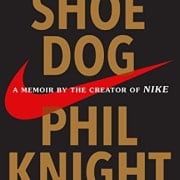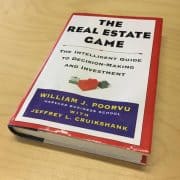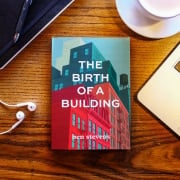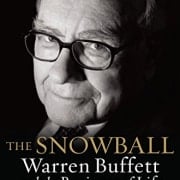Book Review: Superforecasting – The Art and Science of Prediction
Why I liked “Superforecasting – The Art and Science of Prediction”
I thoroughly enjoyed this book and highly recommend it to everyone in the real estate industry (particularly developers who would benefit significantly from being able to better predict the future). Whether we realize it or not, we make dozens of forecasts every day ranging from the insignificant (will it rain and if so, what should I wear) to the more impactful (will Janet Yellen raise interest rates and if so, how will this change the shape of the yield curve).
Whilst not a real estate book per se, this book looks at “Superforecasters” and how they are able to consistently outperform market forecasters. I believe that even the legendary Zeckendorf could have taken a few pointers from the pages in this book, and as such I have highlighted below some of my key takeaways in the hopes that the reader will not make the same mistakes he did.
Full Title: Superforecasting – The Art and Science of Prediction
Author: Philip E. Tetlock, Dan Gardner
Quick note from Spencer: This is the fourth in a series of book reviews we’ll be publishing to A.CRE. This post is written by Guest Author, Matthew de Klerk. A big thanks to Matthew for taking time out of his busy schedule to offer thoughts on this and other important books for real estate professionals.
Confirmation Bias
Confirmation bias is broadly defined as the tendency to favor new information which supports our existing beliefs. Our Facebook newsfeed is a prime example – Facebook’s algorithm continuously profiles us and sends us information which we are more likely to enjoy because it conforms with the previous content we have enjoyed watching.
This makes us reluctant to explore other possibly contradictory information and opinions, regardless of the validity of such information. Superforecasters however, demonstrated the ability to detach themselves from their ideas and were receptive to evidence that was contrary to their preexisting belief structures or opinions. I love Charlie Munger’s take on being receptive to opposing viewpoints – he is quoted as saying “I do not have the right to argue anything until I know the other side better than they do”.
Think Like a Dragonfly
In 1906, Francis Galton conducted an experiment whereby he invited all the townsfolk to guess the weight of a live ox. After all the individual estimates were tallied and the results aggregated, the collective group’s estimate was only one pound off from the correct answer (1,198 pounds).
The idea behind this “wisdom of the crowds” approach can also be applied to forecasting. Superforecasters have been found to “act like a dragonfly” by gathering information from numerous sources and aggregating the many pieces of data into one incredibly accurate forecast.
This approach could be reframed to help answer pressing real world questions within real estate, and by aggregating opinions we could reach accurate predictions to complex questions like “how many square feet of retail will there be in the USA in 2020?” or “how many times will the Fed hike rates in the 2018 year?”.
Be Adaptable
Paul Samuelson once said, “When the facts change, I change my mind. What do you do sir?”. Interestingly enough, all superforecasters were found to possess another few similarities – they all adapted to new information and continuously changed their mind. They used the internet to create a system which updated them with regular news snippets and then reviewed and updated their forecasts (some of them daily) based upon any new information which presented itself from an unbiased source.
Any individual can copy this system on their own, and I would highly recommend using Google alerts or apps such as News Funnel to streamline up-to-date news to your inbox on a daily basis. Exposing oneself to confrontational or challenging information and news snippets are equally important to ensure one is not suffering from confirmation bias discussed above.
Have a Growth Mindset
A “growth mindset” is a term popularized by Carol Dweck in her Ted Talk “The Power of Believing You Can Improve”. She classified students with a growth mindset as those who understood that their intelligence was a malleable trait that could be developed over time and as such, the students who put in additional effort were therefore more successful than their fixed mindset counterparts.
Unsurprisingly, all the superforecasters in the book demonstrated a growth mindset. They all operated under the assumption that their abilities could be developed and that failure was merely part of the process. “Try, fail, analyze, repeat” was their mantra. Furthermore, when they were in fact successful they would often attribute such success to luck rather than talent or superior intellect.
This finding is both powerful and enlightening for the layman, as it suggests two things. Firstly, one does not need to be a genius to become a super forecaster – a methodical, gritty approach will suffice. Secondly, it helps redefine the concept of failure. Instead of failure being viewed as a crippling signal of weakness, we can see that it is a tool that provides us with critical feedback required in order for us to advance.
Rating: 8/10









